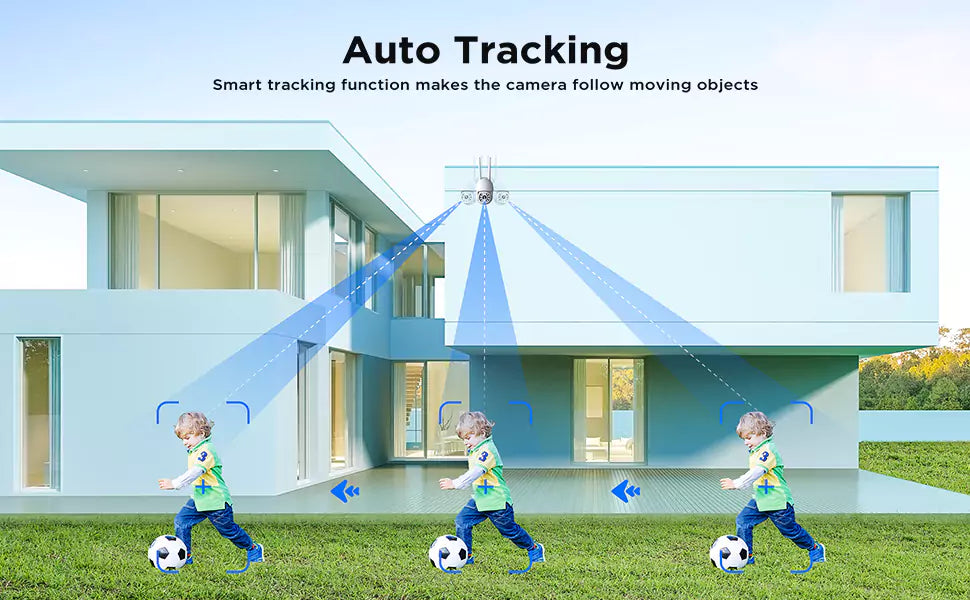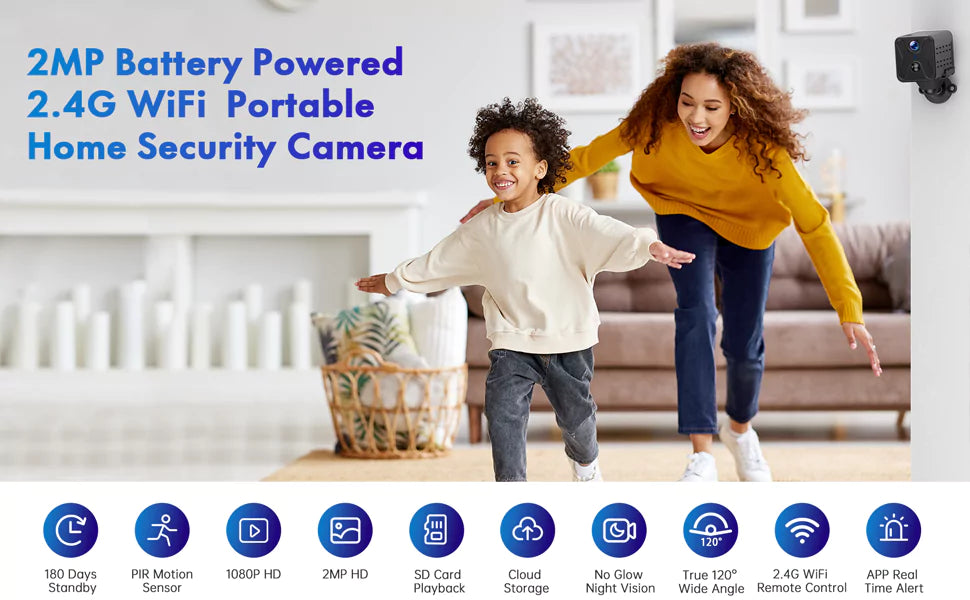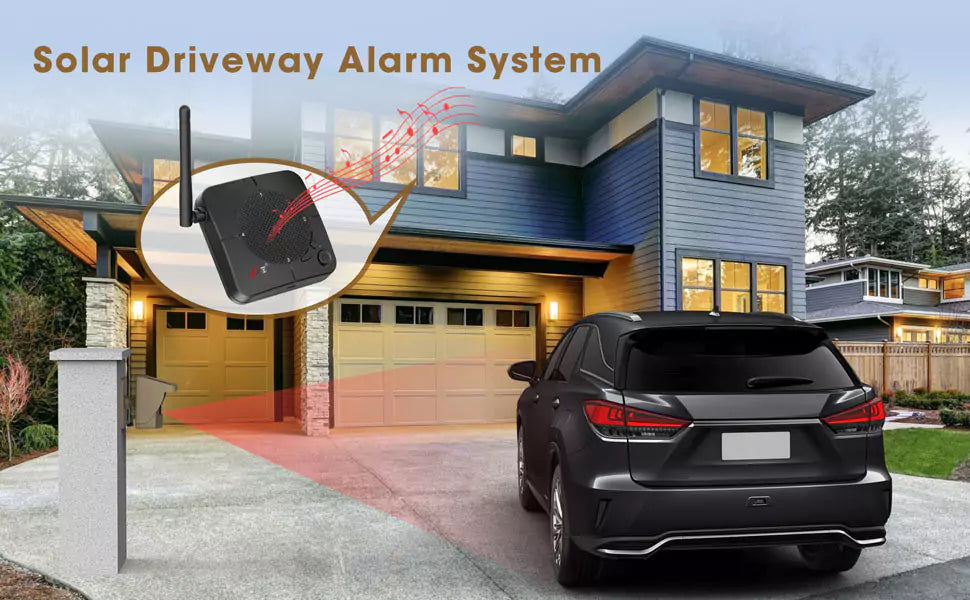Choosing between a baby monitor and a security camera can be a daunting decision, particularly for new parents. While both serve the common purpose of surveilling a room or area, their functionalities, design specifications, and intended use cases differ significantly. This guide aims to explore the intricacies of both devices, facilitating a better understanding of their roles in ensuring safety and peace of mind. By comparing their features, advantages, and limitations, we aim to provide clarity on which device best suits your family's needs.
Understanding the Baby Monitor
As parents, the paramount concern is providing a secure environment for children. Baby monitors have revolutionized the ability to monitor infants or young children, offering a convenient solution for parents and caregivers. Similar to home security cameras, baby monitors utilize technology to transmit video and audio signals from the baby's room to a monitor or device in another location. Modern baby monitors incorporate features such as night vision, temperature monitoring, and movement sensors.
Pros of Using a Baby Monitor
- Provides peace of mind and a sense of security for parents.
- Allows parents to perform other tasks while still monitoring their child.
- Models with two-way communication enable interaction with the child.
- Integration with mobile apps enables remote monitoring via smartphones or tablets.
- Advanced features help understand the baby's sleep patterns.
Cons of Using a Baby Monitor
- Setting up and utilizing multiple features may have a learning curve.
- Advanced features can incur additional costs.
- In summary, baby monitors are a worthwhile investment for parents valuing the well-being and development of their infants.
Understanding the Security Camera
Security cameras, commonly used for surveillance and recording activities, can also be employed to monitor a child's room. These cameras boast features like night vision and motion detection, providing 24/7 monitoring capabilities.
Pros of Using Security Cameras
- Versatile for both indoor and outdoor surveillance.
- Wide viewing angles covering larger areas.
- Advanced features like wide-angle lenses and facial recognition.
- Integration into smart home systems.
Cons of Using Security Cameras
- Lack essential features such as temperature and humidity sensors crucial for monitoring babies.
- Setup is more complex compared to dedicated baby cameras.
- While security cameras excel in surveillance, they may lack certain features essential for monitoring infants.
- Key Differences Between Baby Monitors and Security Cameras:
Video and Audio Capabilities
Baby monitors focus on limited areas like the crib, alerting parents to sounds or motions from the baby.
Security cameras continuously track and record activities within their range, alerting to any suspicious motions or sounds.
Connectivity and Range
Baby monitors have shorter ranges, designed for home use with Wi-Fi connectivity.
Security cameras are designed for indoor and outdoor use, offering short- and long-range monitoring.
Security and Privacy
Security cameras capture private family activities, potentially raising privacy concerns.
Baby monitors broadcast only the infant's room, with recordings intended for parents.
Price and Investment
Baby monitors are generally more affordable with a focus on features for child monitoring.
Security camera systems may offer better surveillance but tend to be pricier.
In conclusion, while security cameras can be used to monitor children, their features may not be tailored to this task, and they often come at a higher cost. Investing in a dedicated baby monitor proves to be a prudent choice for parents seeking an optimal solution for child monitoring.




Leave a comment
This site is protected by hCaptcha and the hCaptcha Privacy Policy and Terms of Service apply.